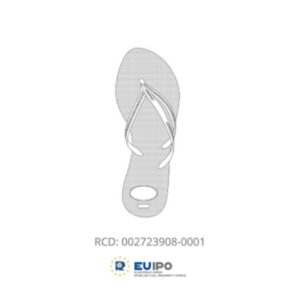Opposition thoughts and goods and services and how smart does a consumer have to be?
Part 2 – Opposition thoughts and goods and services and how smart does a consumer have to be?
A lead case from the CJEU is the Canon case. Case C-39/97.
The court stated “In assessing the similarity of the goods or services concerned, as the French and United Kingdom Governments and the Commission have pointed out, all the relevant factors relating to those goods or services themselves should be taken into account. Those factors include, inter alia, their nature, their intended purpose and their method of use and whether they are in competition with each other or are complementary”.
In the UK the case we all look to is the Treat case, [1996] R.P.C. 281, Jacob J (as he then was) set out the following 6 principles:
• The respective uses of the respective goods or services;
• The respective users of the respective goods or services;
•The physical nature of the goods or acts of service;
•The respective trade channels through which the goods or services reach the market;
•In the case of self-serve consumer items, where in practice they are respectively found or likely to be, found in supermarkets and in particular whether they are, or are likely to be, found on the same or different shelves;
•The extent to which the respective goods or services are competitive.
Who is the average consumer and the act of purchasing.
The average consumer is deemed to be reasonably well informed and reasonably observant and circumspect. For the purpose of assessing the likelihood of confusion, it must be borne in mind that the average consumer’s level of attention is likely to vary according to the category of goods or services in question. So in simple terms – a consumer purchasing a combine harvester will be more clued in than say a consumer purchasing jam.
Birss J. described the average consumer in these terms:
“The trade mark questions have to be approached from the point of view of the presumed expectations of the average consumer who is reasonably well informed and reasonably circumspect. The parties were agreed that the relevant person is a legal construct and that the test is to be applied objectively by the court from the point of view of that constructed person. The words “average” denotes that the person is typical. The term “average” does not denote some form of numerical mean, mode or median.”
So lets take for example the average consumer of software and computers – these may be both a professional consumer and the general public. The law deems the consumer when assessing computers to be in the medium range when it comes to an assessment of their considerations when purchasing goods such as computers and their attention to detail.
About
Michael Coyle is a Solicitor Advocate and MD of Lawdit.
Lawdit is the owner of Trademarkroom.com and handles the firm’s oppositions when instructed by the team at Trademarkroom.com
He can be contacted at michael@trademarkroom.com or michael.coyle@lawdit.co.uk
Michael Coyle











